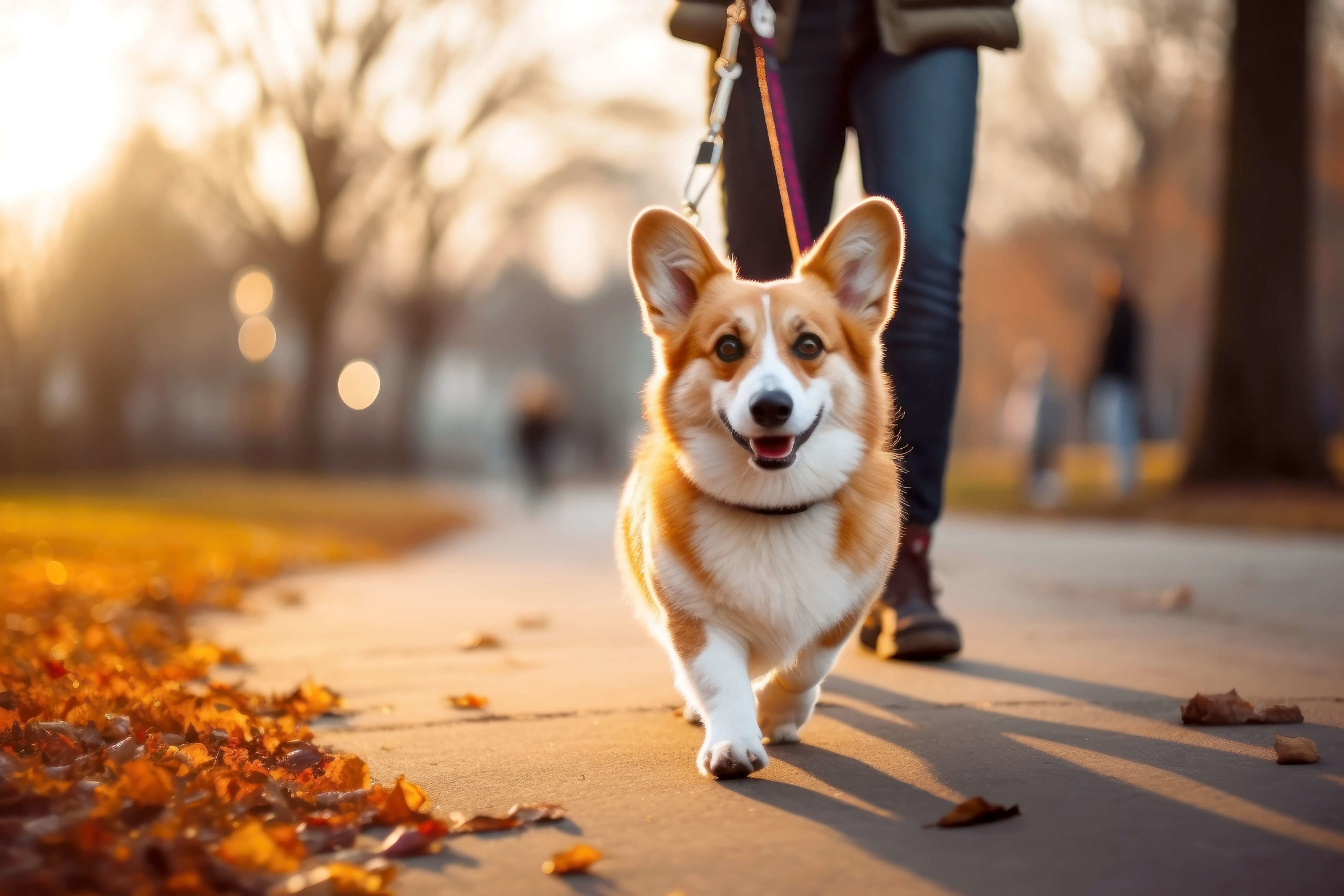Walking with dog can be not only a pleasant experience, but also an important element maintaining its health and well being. But if you want the walks to be a pleasure for both you and your dog, you need to teach it how to walk on a leash. Teaching dog how to walk on a leash is one of key aspects of its training. Although it seems an easy task, many people encounters difficulties during this process. We will discuss the best ways to efficiently teach a dog walking on a leash below, including both training techniques and psychological aspects.
-
Know your dog
Before you begin training, understanding your dogs’ character, temperament and needs is the key. Some breeds are more energetic and need more activity, while others are calmer. Some dogs are able to focus, other may be more shy or excited in new situations. Knowing your dog’s character will allow you to adjust the training methods to its needs. Adjust your approach to the individual character features of your pet.
-
Choose an appropriate leash and collar
Choosing the right leash and collar is essential. The leash should have an appropriate length to provide both the dog’s comfort and the owner’s control. The collar should be well fitted, neither too loose nor too tight. You can also consider using a special training collar, such as harness or halter, which helps you control your dog’s moves.
-
Teach your dog to calm down before a walk
Before you begin the walk, make sure your dog is calm. Practice a few basic commands, such as “sit” and “stay”, to focus your dog’s attention on you. Introduce a routine where your dog calmly awaits putting the leash on.
-
Introduce the leash
Some dogs may be highly concerned or excited about new situation. The first step is to familiarize your dog with the leash. Let your dog get used to it in a controlled environment. Starting at home, attach the leash to the collar and let your dog move freely with it, and at the same time encourage it to behave calmly. Let your dog understand that a leash is a slightly different type of control, which should not cause fear or stress. There is no point in moving to the next step until your dog feels confident about the leash.
-
Ensure positive attitude
Positive attitude is essential in dog training. Reward your pet for good behavior during walking on a leash. It can be a treat, a verbal praise or petting. This will encourage your dog to repeat desired behaviors. Mr. Bandit training treats will be suitable for this step. SPORT line training snacks are available in various tastes, sizes and shapes. Therefore, you can be sure to find the one that will encourage your pet to collaborate with its flavor.
-
Introduce short training sessions
Initial walks should be short and calm. Pay attention that your dog walks beside you and does not pull the leash. Keep your training sessions short, but frequent. Dogs easily lose attention, so you will achieve better results by several short sessions rather than a long one. This will allow your dog to integrate new skills.
-
Act gradually, make small steps
Split the learning process into small steps. Start from walking on a peaceful territory, without bigger distractions. When your dog masters this stage, gradually introduce new challenges, such as walking in more crowded places or among other dogs.
-
Keep the leash loose
The leash must be kept loose during training. If the leash is too tight, the dog can feel uncomfortable and try to escape. Reward your dog when the leash is loosened. When the leash is loose, you dog will have more freedom and less motivation to pull.
-
Ignore pulling
When walking with your pet, pay attention if your dog walks calmly and if the leash is loose. If your dog starts to pull the leash, stop and wait for the leash to loosen. Do not move until the leash is loose. This will teach your dog that pulling does not bring the expected results.
-
Conduct the training in diverse conditions
Leash-learning should take place in various places. Your dog may react differently depending on the surroundings, so it is important to provide diverse experiences.
-
Reward and praise
Positive motivation is key to efficient training. Reward your dog for good behavior during a walk. You can use treats, petting or verbal positive reinforcement. Training treats from Mr. Bandit SPORT line will work perfectly here. It will help your dog to understand that good behavior on a leash is desired.
-
Remember to be patient and calm
Training how to walk on a leash requires time, patience and consistency. Regular and short training sessions will be more efficient than long and intense training. Remember that every dog is different, so just follow your pet’s pace and needs. Training how to walk a leash can be time consuming and frustrating, especially at the beginning. It is important to remain patient and calm. Your dog feels your emotions, so a positive attitude will help in effective training.
-
Find balance between freedom and control
Even though a loose lash is the goal, there are moments when you need control. Teach your dog when it can feel free and when is should be more focused on you. Try to be consequent and understanding towards your pet.
Teaching your dog to walk a leash is a process that requires commitment and consequence, but it can also be efficient and rewarding. Understanding your dog’s needs and character, using the right training methods and regularity are the keys to success. Positive attitude and patience is important. Remember that walking on a leash is a skill, which your dog needs to accommodate to enjoy your walk together. Every dog is different, so adjust training methods to individual needs of your four-legged companion. Patience, positive motivation and the right approach will help your dog learn to stay calm and behave properly during walks. Taking care of the right training in this field will bring benefits to you and your dog, create a strong bond and allow to safely spend your time together outdoors.




